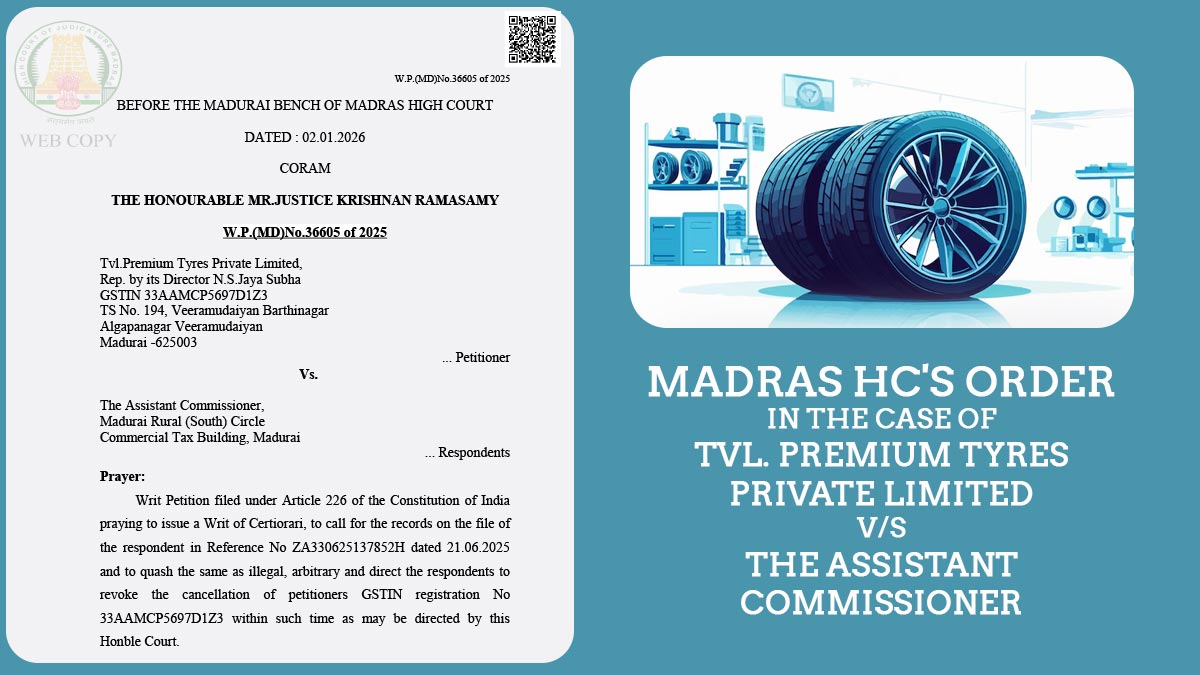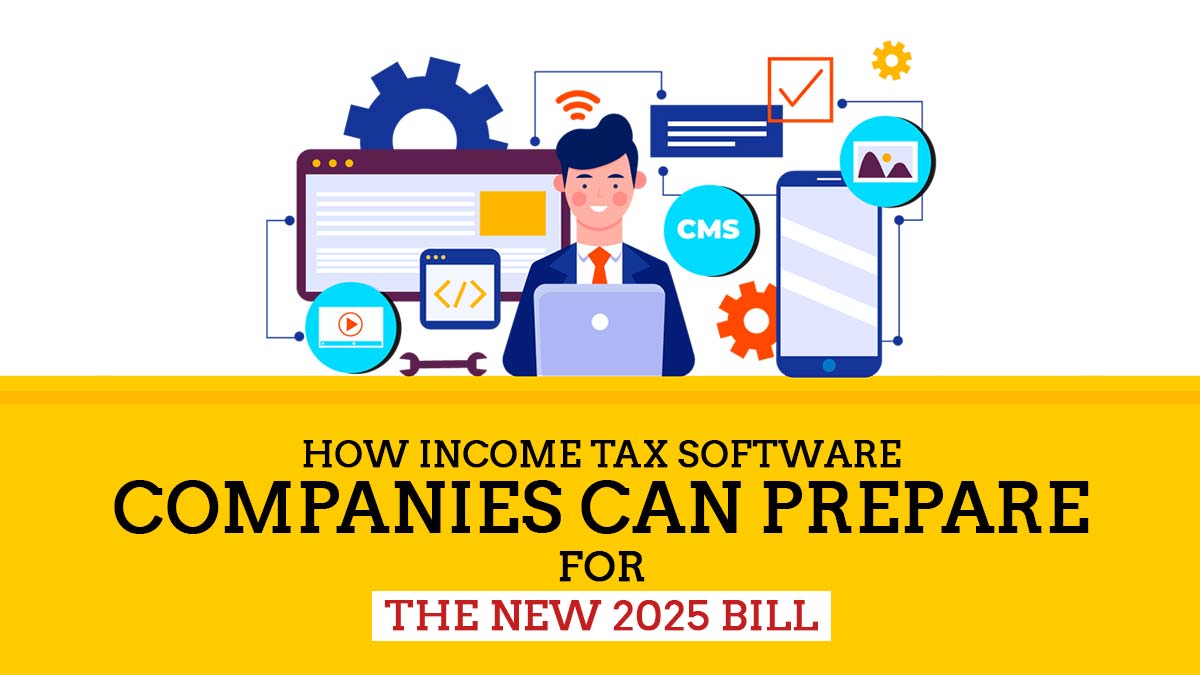The Research published by the credit-rating body ICRA has brought good news for the Indian Corporate Sector. Aided mainly by the third quarter of the financial year 2017-18, the sector has shown recovery from the initial jolt felt during the transition phase of the newly implemented GST tax regime.
As per the report, a total of 485 companies registered a gross growth of 4.2 percent in the Q2 FY 2017 as compared to 6.7 percent in the first quarter of the year and many sectors had a sequential growth.
Despite a subdued growth rate, the gross EBITDA margins of corporate sector bounced back to 17.7 percent, facilitated mainly by operating leverage (i.e. higher volume growth) across sectors.
According to Subrata Ray, Senior, Group Vice President, Corporate Sector ratings, ICRA, the positive trend became visible once the momentary impact of GST enforcement subsided. An early start to the Q3 season combined with an increase in consumer demand further helped the recovery process. Although the rate of margin expansion was restricted to only 12 of the 30 sectors during the quarter on Y-o-Y, most sectors reported increment in sequential growth.
The report further states that consumer-oriented sectors such as automobiles, FMCG, consumer durables and retail witnessed growth in customer demand due to re-stocking by trade channels. One particular noteworthy trend was the moderate increase in rural demand which helped companies in these sectors. The increase in MSP’s and greater agricultural output is a good omen for the days ahead.
Tractor sales increased by 16 percent in FY 2017. The increase was attributed to farm loan waivers in some states, replacement driven demand in North India and a high Rabi production leading to substantial cash flow. After a stagnant past few years, FY 2017 saw a positive rural response to entry-level motorcycle segment. Most companies in consumer-oriented sector reported an increase in operating margins during the quarter. Steady input material costs( for limited companies) plus constrained marketing budget further supported earning growths.
The low performing sectors include telecom, pharmaceuticals, airlines, real estate and shipping. An intensified competition for data services between the Telecom Giants pulled profitability indicators down by 40-50 percent. Although data consumption continued to grow, Telecom players on the lines of previous years reported a weak performance.
Pharma Sector bogged down by pricing strain in US generics market, fewer new generic products, and costly regulatory agreements was highly impacted leading to low margins.
Contrary to previous years, costly cane and limited margin in by-products this year made the Sugar sector feel margin pressure, especially among Uttar Pradesh-based mills.
On the other hand, commodity-oriented companies reported a relatively steady performance. A few companies even surpassed the industries gross growth by boosting capacity and merging assets.
Read Also: Goods and Services Tax Impact on Indian Telecom Industry
The first half of FY 2017 witnessed a very muted cement production at an industry-wide level. A number of reasons can be responsible for this – a very subdued housing sector, sand availability, heavy rainfall and RERA agreement. Still, some production centres (in East India and South) backed up by government spending showed commendable growth.
The trends were replicated by those institutions also who depend on the housing sector for demand creation. For example, Cable and switchgear manufacturers hinted that sluggish housing market was the key factor for gloomy demand. Similarly, tile manufacturers cited dispirited sentiments post GST as the main reason for sub 4 percent growth in volumes.
The steel sector driven by factors like rising demand, higher realisation, easy availability of cheap coking coal, showed a moderate performance. In spite of all these, the high financial obligations of the industry remains a credit concern.
Recommended: GST (Goods and Services Tax) Impact on Common Man
“The interest coverage of corporates sector stood 3.3 times (adjusted for relatively strong credit profile sectors). While aggregate interest coverage ratio (ICR) weakened marginally during the quarter, sectors with a higher level of stress (barring construction) witnessed stable trend in ICR”, said Ray.










